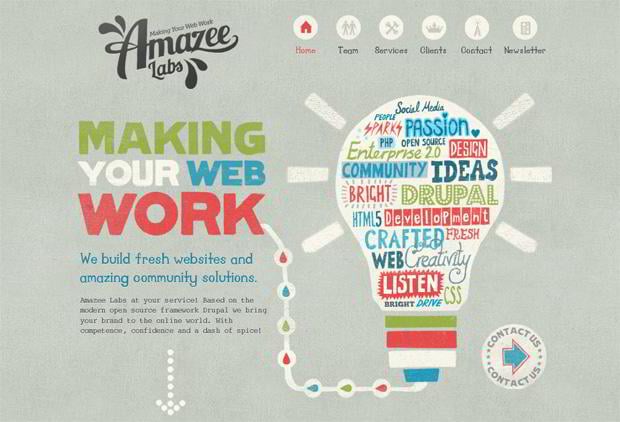Critical Internet Site Layout Insights: Recommendations For Developing An Instinctive User Interface
Critical Internet Site Layout Insights: Recommendations For Developing An Instinctive User Interface
Blog Article
Authored By-McKnight Thrane
When it involves website style, ensuring user-friendliness is essential. From receptive layout to structured navigating, every component plays an essential role in creating a website that caters to your audience's requirements. But what about the finer details that can make or damage an individual's browsing experience? Keep tuned as we reveal some often-overlooked ideas that can elevate your website's use to the next level, making it truly stick out in the electronic landscape.
Relevance of Responsive Design
Receptive layout is an essential facet of modern-day website advancement. Ensuring your internet site is receptive means that it can adapt to various display dimensions and gadgets, giving a seamless experience for individuals.
With the increasing use of smartphones and tablets to access the web, having a responsive design is essential for getting to a wider audience. It aids in boosting customer experience by making your web site easy to navigate and read on any tool.
Additionally, responsive design can positively influence your online search engine positions, as online search engine like Google focus on mobile-friendly sites. By having a receptive layout, you're additionally future-proofing your site, as brand-new tools with differing screen dimensions remain to arise.
Simplify Navigating Structure
To improve individual experience and facilitate easy accessibility to details on your site, improving the navigation framework is critical. When making your website, focus on developing a clear and intuitive navigation menu that helps site visitors find what they're trying to find quickly.
Restriction the number of menu products to the essentials, organizing related pages together to avoid overwhelming users. Use detailed labels that plainly indicate the web content of each web page, making it easier for users to recognize where each link will take them.
Consider executing dropdown menus for subcategories to prevent littering the major navigating bar. Furthermore, include a search bar plainly on the page for users who prefer searching for details details.
Prioritize mobile responsiveness in your navigating style to ensure very easy access on all devices.
Optimize Page Load Rate
Improving web page tons speed is vital for maintaining site visitors on your website. Slow-loading https://www.entrepreneur.com/article/424231 and can lead to high bounce prices. To optimize web page load rate, beginning by optimizing images. Compress photos without jeopardizing top quality to decrease their file sizes.
Additionally, make it possible for web browser caching to store often accessed resources in your area, accelerating tons times for returning site visitors. What Is Digital Marketing Agency , JavaScript, and HTML documents by removing unneeded personalities, comments, and formatting, boosting load speed.
Take into consideration utilizing a web content delivery network (CDN) to distribute your web site's content across several servers worldwide, reducing latency for individuals accessing your website from different areas. Last but not least, limit making use of third-party scripts and plugins, as they can considerably influence lots times.
Conclusion
In conclusion, by integrating receptive layout, streamlining navigation, and optimizing web page tons speed, you can develop an user-friendly site that interest a wider target market and improves individual experience. These essential elements guarantee that visitors can quickly accessibility and browse your website throughout various devices, leading to boosted involvement and contentment. By concentrating on these crucial facets, you can develop an effective site that keeps users coming back for even more.
